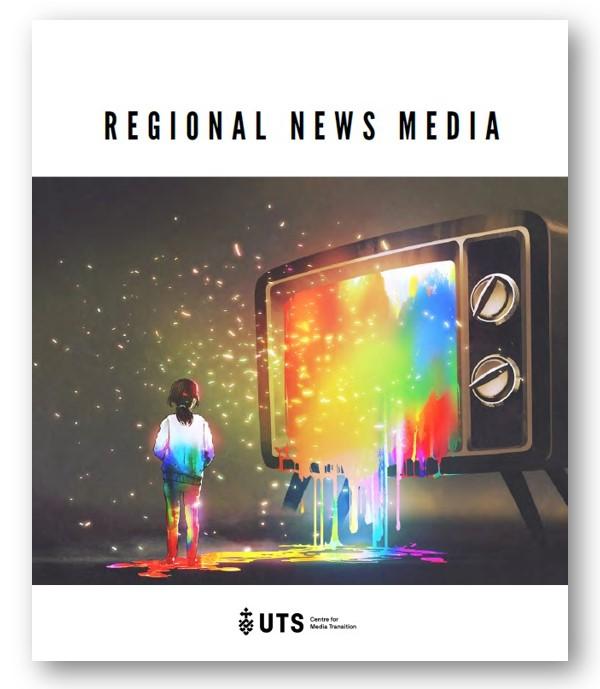
In our 3rd report we have gone global in search of answers to how best to provide regional media with the resources it needs to produce quality public interest journalism, and, with that journalism, to establish links to metropolitan media, so that all Australians have a sense of what the significant issues facing regional dwellers are and how they can best be tackled by policy-makers.
We are also publishing the results of our final surveys measuring the flow of regional news to metropolitan markets. In this final year of research, we also conducted a number of focus groups in both regional NSW and in Sydney to see what people most valued in the news media available to them.
Key findings in this report include:
Over three years of research, we have identified a steady decline in production of regional local news by metropolitan news outlets, in the number of stories, the types of issues covered, and where coverage is occurring. Of the outlets surveyed, The Daily Telegraph is presenting the most regional stories to its Sydney audience, but none of the organisations surveyed gave regional issues significant prominence.
Regional and metropolitan news audiences have different needs and interests, and any alignment between them has been impacted by contractions in regional media. Regional audiences were dismissive of metro news outlets’ efforts to cover local issues unless they perceived the reportage was derived from a connection to community, usually through the physical presence of a journalist. Metropolitan audiences reported being uninterested in regional stories unless they concerned national narratives directly relevant to them, such as energy production.
A review of select countries identified multiple models that could help to increase the sustainability of regional news businesses and the visibility of regional stories to metropolitan audiences.
Collaborative journalism, particularly around national issues that affect both multiple regional and metropolitan audiences simultaneously – such as water –could leverage the expertise of local media while providing both greater resources and prominence to regional issues. Examples from Brazil suggest that sustained collaboration on shared challenges like addressing misinformation is possible even between significant commercial rivals.
Network journalism allows for a sharing of infrastructure, back-end processes and common journalism practices, as well as content, and could be developed in the Australian context to allow for a more efficient allocation of scarce resources. International examples, such as the United Kingdom’s Local News Partnerships or New York Times local media network, offer a template which can be adapted to suit the unique needs of the Australian market. Revisiting approaches to intellectual property, such as through greater uptake of the Creative Commons framework or in contractual arrangements akin to the Radio New Zealand’s ‘radical sharing’ approach, may increase the overall amount of regional journalism available to audiences.
News aggregation platforms, similar to those widely used in India, may provide a new pathway for reaching metropolitan audiences with regional stories.
Developing the not-for-profit media sector could see greater seed funding reaching newsrooms, particularly those with a social purpose and innovative production models. Charitable news companies may thrive in markets where commercial media may struggle, and philanthropic and social impact investment is likely to have a higher risk tolerance than other seed funding.
Focus groups reflecting on output from the Guardian Australia Rural Network which uses a ‘hub and spoke’ model, reported little cognisance of the depth and scope of the networks reporting. They did however identify the value of this reporting to audiences outside their communities and in keeping authorities accountable. Regional focus groups reported a level of mistrust of urban based media reporting from regional locations, whilst city-based participants reported little interest in the network’s reporting.


